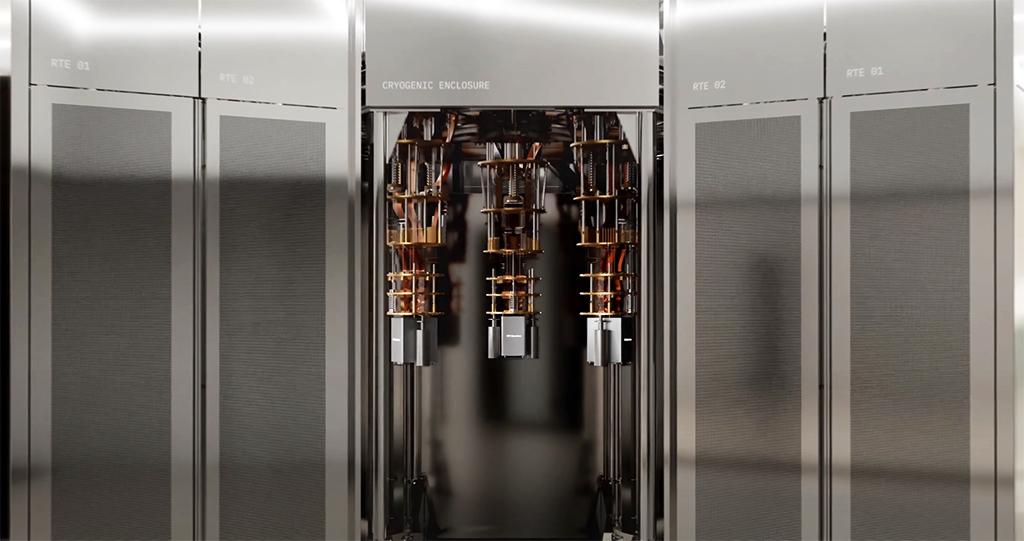Back in June, IBM announced an ambitious plan to deliver the world’s first large-scale, fault-tolerant quantum computer system by 2029. The system is currently being built in IBM’s facility in Poughkeepsie, New York and you can see some of the conceptual designs here:
Large-scale fault tolerance is a key tenant to IBM’s success. Current quantum architectures use error-mitigating techniques that limit systems to smaller circuits, with just a few cubits. Delivering on the future vision of quantum computing, however, will require running much larger, more complex circuits with hundreds of millions of gates operating on hundreds or thousands of qubits. In addition, it will require a level of error correction and sophistication that’s not currently possible. For quantum computing algorithms to succeed, logical errors must be mitigated and corrected early and in real-time, to prevent them from spreading throughout the system. IBM has already developed multiple techniques to do so on smaller quantum circuits, but for larger ones, there is still much work to be done. IBM’s current roadmap projects the company will have a fault-tolerant ISA by 2028, which will enable a quantum computer system capable of running 100 million quantum gates on 200 logical qubits – that’s the system targeted for 2029.
Quantum Computing Isn’t Just About Quantum Processing Units, Or QPUs
There were a couple of interesting papers associated with IBM’s June announcement, one of which detailed the inner workings of a flexible error correction decoder that could be efficiently implemented on FPGAs or ASICs for real-time decoding. That paper ties in with a just-announced collaboration between IBM and AMD, in which the two companies plan to jointly develop scalable, open-source platforms that enable new hybrid quantum-supercomputing architectures. AMD is a leader in FPGA technology and the two companies are exploring how to integrate AMD FPGAs, CPUs, and GPUs with IBM quantum computers to accelerate emerging algorithms, which are currently too complex for traditional architectures and today’s quantum computers, when working independently.
AMD FPGAs And Adaptive SoCs Are Alread Used In Some Quantum Computers
AMD
One of the goals of the collaboration is to design proof-of-concept systems that link IBM quantum computers with AMD compute engines. The teams will be tasked with the joint development of hybrid architectures where traditional CPUs, GPUs, and FPGAs, operate together with QPUs to showcase early-stage quantum utility.
IBM And AMD Plan To Show-Off A Hybrid Quantum-Supercomputer By Year’s End
IBM and AMD’s vision of a hybrid quantum supercomputing architecture, has quantum computers working in tandem with traditional high-performance computing and AI infrastructure. In the hybrid system, different components of a problem are processed by the engine best suited to solve them. The companies provide an example where quantum computers simulate the behavior of atoms and molecules, while traditional AI supercomputers simultaneously provide massive data analysis on the output. With the quantum and traditional systems linked and working together, the companies believe real-world problems can be solved at unprecedented speed and scale.
IBM and AMD are planning an initial demonstration later this year that will show IBM quantum computers working in tandem with AMD technologies to deploy hybrid quantum-classical workflows.


